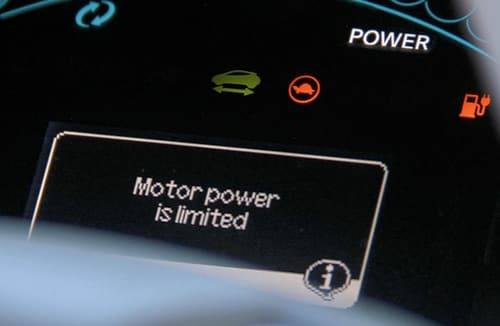Hello everyone! I'm new to the forum. I'm a recent 2015 Leaf SV owner. 50,000 miles/ 9bars. Yesterday, I arrived home with 7% left on my battery. I put it on L1 charging overnight, along with a Kill-A-Watt unit to observe my findings. This morning the car reported 100% full, but the kill-a-watt showed only 14.4kWh was put in. I'm certain I have the 28kWh battery, but could I be wrong? Could this batter really have half capacity left? Am I missing something?
thanks.
Tyler
thanks.
Tyler

